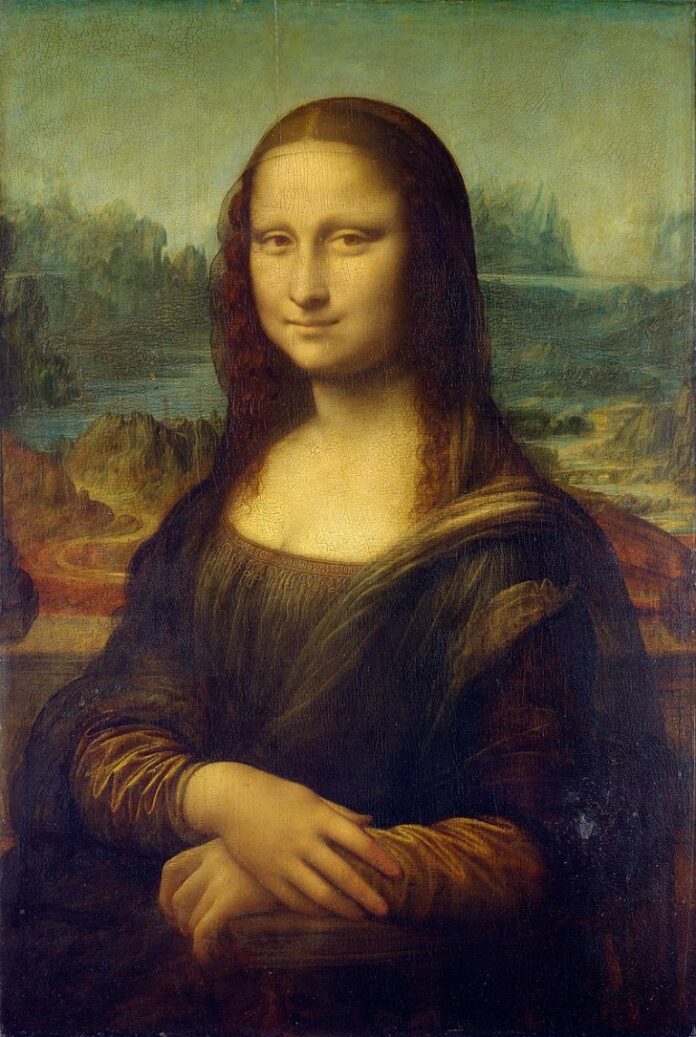In the Florence years between 1500 and 1506, Leonardo began three great works that confirmed and heightened his fame: The Virgin and Child with Saint Anne (c. 1503–19), Mona Lisa (c. 1503–19), and Battle of Anghiari (unfinished; begun 1503). Even before it was completed, The Virgin and Child with Saint Anne won the critical acclaim of the Florentines; the monumental three-dimensional quality of the group and the calculated effects of dynamism and tension in the composition made it a model that inspired Classicists and Mannerists in equal measure.

The Mona Lisa set the standard for all future portraits. The painting presents a woman revealed in the 21st century to likely have been Lisa del Giocondo, the wife of the Florentine merchant Francesco del Giocondo—hence, the alternative title to the work, La Gioconda. The picture presents a half-body portrait of the subject, with a distant landscape visible as a backdrop. Although utilizing a seemingly simple formula for portraiture, the expressive synthesis that Leonardo achieved between sitter and landscape has placed this work in the canon of the most-popular and most-analyzed paintings of all time. The sensuous curves of the woman’s hair and clothing, created through sfumato, are echoed in the undulating valleys and rivers behind her. The sense of overall harmony achieved in the painting—especially apparent in the sitter’s faint smile—reflects Leonardo’s idea of the cosmic link connecting humanity and nature, making this painting an enduring record of Leonardo’s vision and genius. The young Raphael sketched the work in progress, and it served as a model for his Portrait of Maddalena Doni (c. 1506).

Leonardo’s art of expression reached another high point in the unfinished Battle of Anghiari. The preliminary drawings—many of which have been preserved—reveal Leonardo’s lofty conception of the “science of painting”; he put to artistic use the laws of equilibrium that he had probed in his studies of mechanics. The “centre of gravity” in the work lies in the group of flags fought for by all the horsemen. For a moment the intense and expanding movement of the swirl of riders seems frozen. Leonardo’s studies in anatomy and physiology influenced his representation of human and animal bodies, particularly when they are in a state of excitement. He studied and described extensively the baring of teeth and puffing of lips as signs of animal and human anger. On the painted canvas, rider and horse, their features distorted, are remarkably similar in expression.
The highly imaginative trappings of the painting take the event out of the sphere of the historical and put it into a timeless realm. The cartoon and the copies showing the main scene of the battle were for a long time influential to other artists; to quote the sculptor Benvenuto Cellini, the works became “the school of the world.” Its composition has influenced many painters: from Rubens in the 17th century, who made the most impressive copy of the scene from Leonardo’s now-lost cartoon, to Delacroix in the 19th century.
During this period, Leonardo is believed to have painted Salvator Mundi (c. 1500; “Saviour of the World”), a painting rediscovered in the United States in the early 21st century. Although some experts doubted the piece’s authorship, and the work’s poor condition required extensive conservation, the painting made headlines in 2017 when it sold for a record-breaking $450.3 million at auction. The large sum attested to Leonardo’s enduring celebrity and to his powerful position in the art history canon centuries after his death.
Source: https://www.britannica.com




